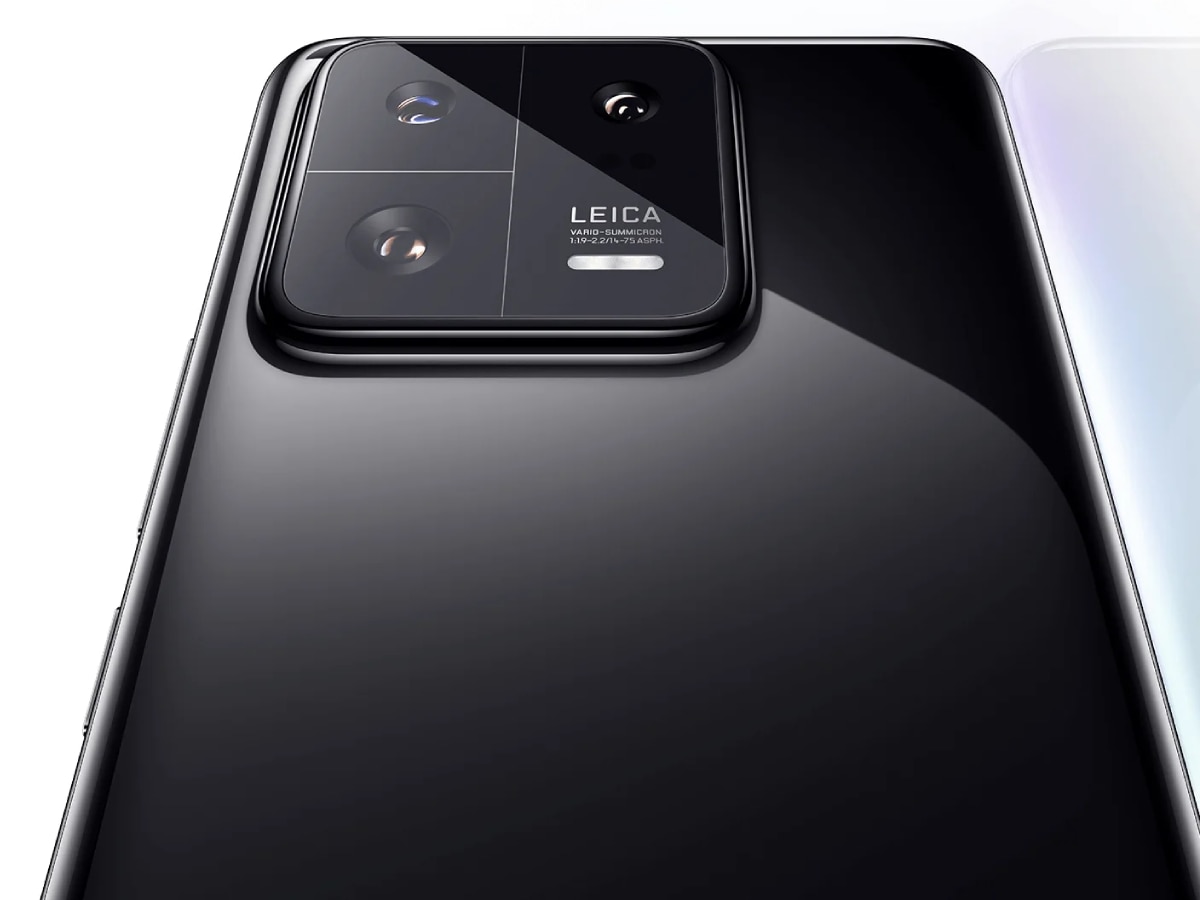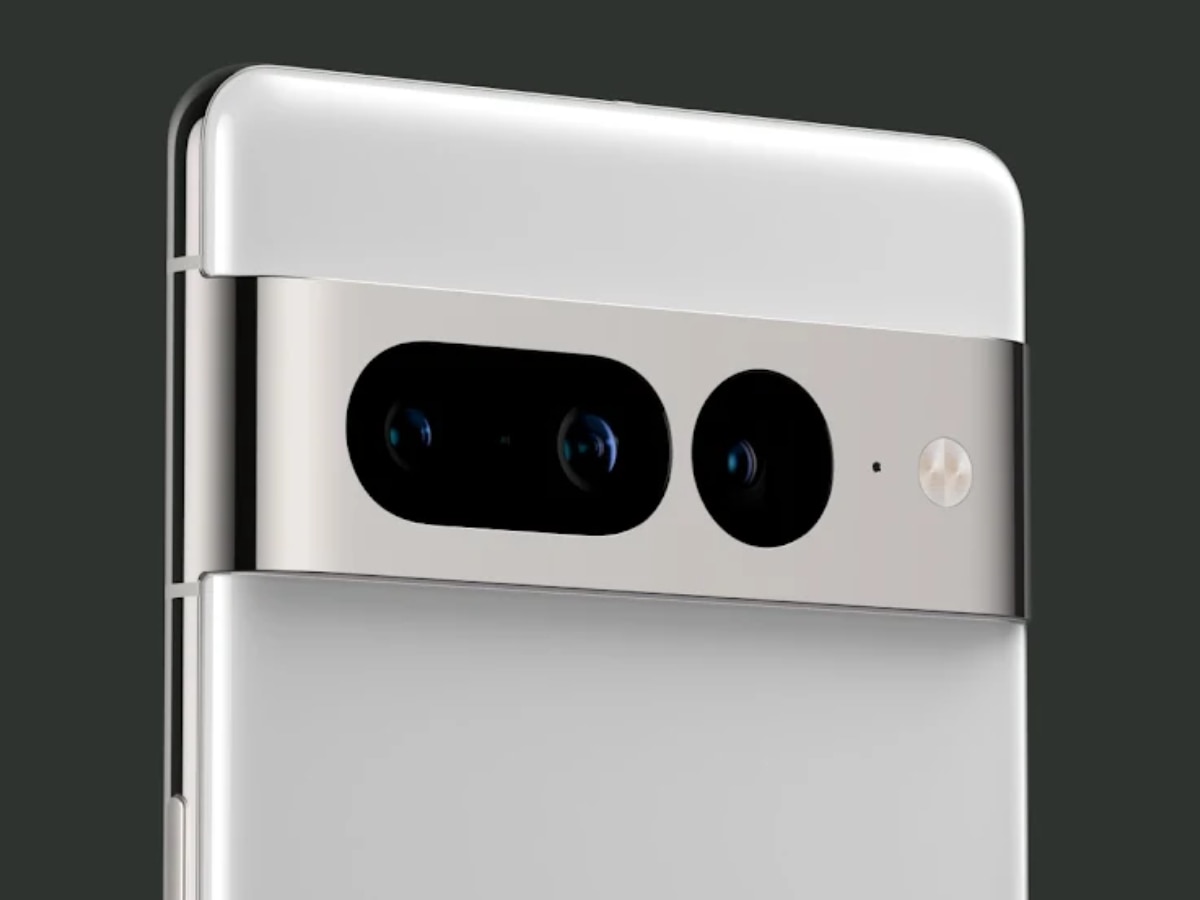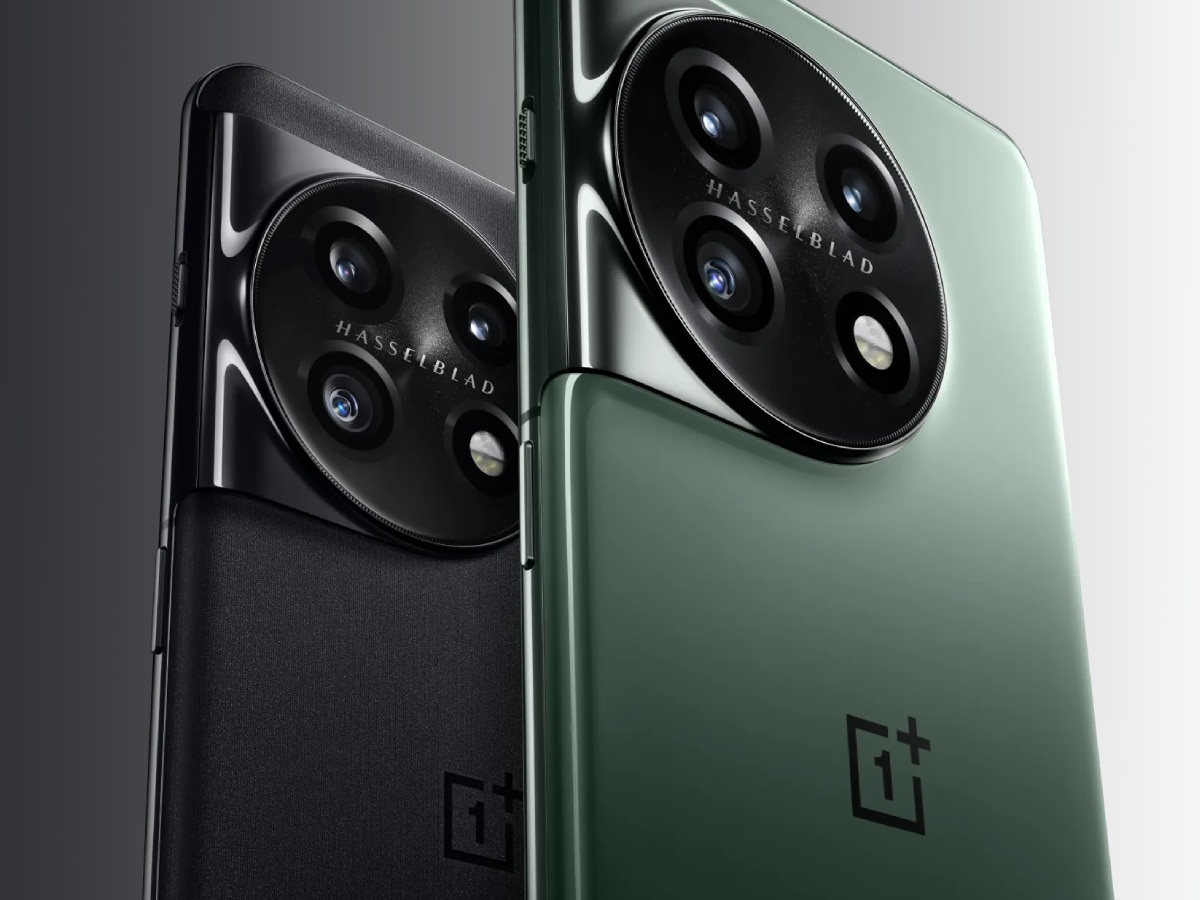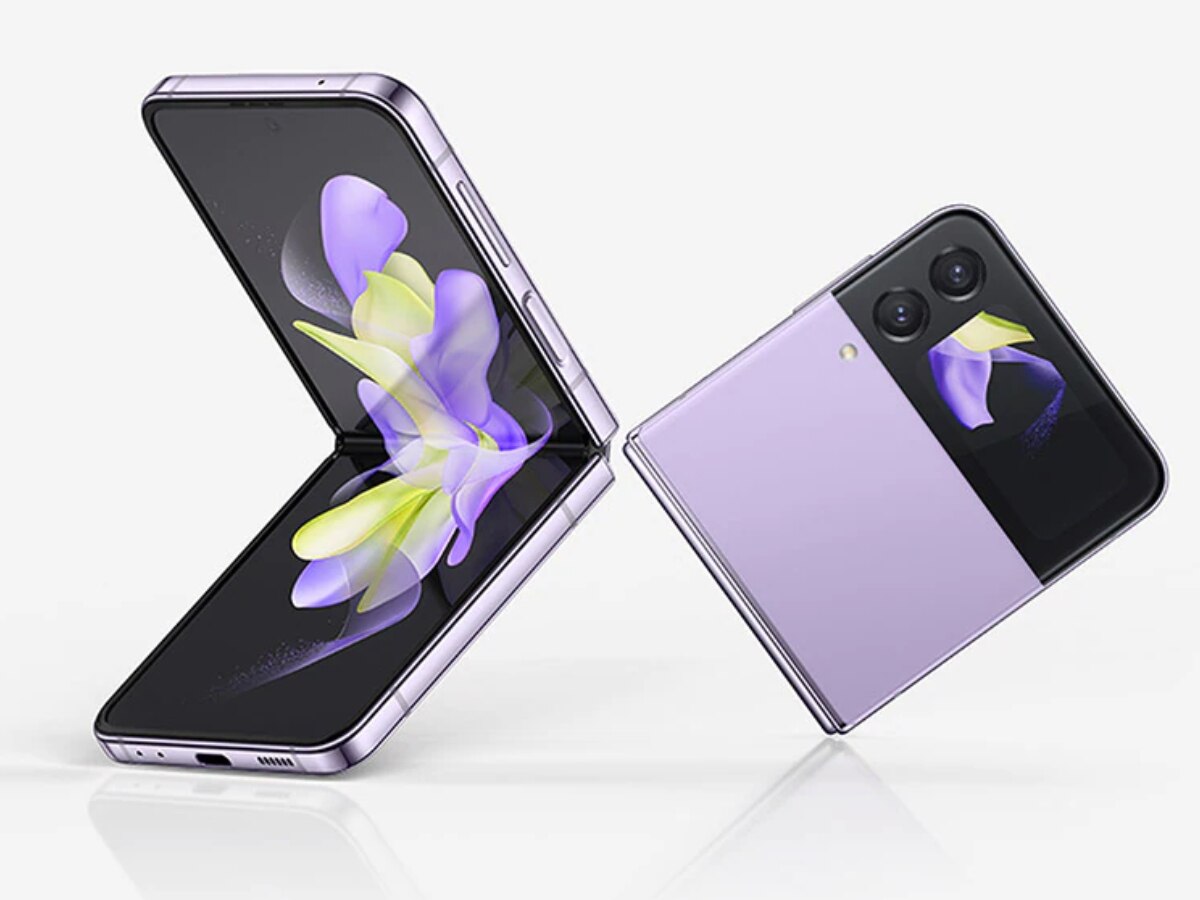Vivo X90 Pro Challengers: iPhone 14, Google Pixel 7 Pro, More
Xiaomi 13 Pro, OnePlus 11, and more to choose from.

It is not just about megapixels and shooting modes anymore. Smartphone brands are now expanding their camera horizons like never before. Not too long ago, Xiaomi introduced its flagship phone, the Xiaomi 13 Pro with a one-inch sensor. Now, Vivo has joined the party with the Vivo X90 Pro, making it the second phone in the country to come with a one-inch camera sensor. Vivo has also partnered with Carl Zeiss, one of the biggest names in optics and photography, to add to the Vivo X90 Pro’s photography prowess.
The phone comes with a triple camera set up on the back. There are two 50-megapixel sensors: a Sony IMX989 one-inch sensor with optical image stabilisation (OIS) and a portrait camera with OIS. A 12-megapixel ultra-wide sensor is the third camera on the back. There is also a 32-megapixel selfie snapper at the front.
There is more to the Vivo X90 Pro than just camera muscle. The phone is powered by a MediaTek Dimensity 9200 chipset, which is one of the most capable processors in the smartphone world, very close to Qualcomm’s top-end processor, Snapdragon 8 Gen 2, paired with 12GB RAM and 256GB storage. It comes with a 6.78-inch full-HD+ AMOLED display with 120Hz refresh rate. It runs on Android 13 and its support for 120W fast charging ensures that it gets charged in next to no time.
All of this comes inside a frame that stands out from the crowd. The Vivo X90 Pro comes with a distinct, big round camera unit on a vegan leather textured back, with a thin metallic strip running across the back just below the camera unit. Mind you, all of this premium design and hardware comes with a premium price tag — Rs 84,999.
And that puts it right among some very high-profile competitors, many of whom come with features to rain on the Vivo X90 Pro’s parade. So if you are considering buying, here are five other smartphones that you might want to consider:
iPhone 14: Because At That Price, Why Not An iPhone?
Price: Around Rs 72,000
When a phone gets into the expensive side of the price spectrum, it sets itself up to be haunted by the iPhone. This is the case with the Vivo X90 Pro as well, which finds itself up against the likes of the iPhone 14.
To some, this may seem like a frivolous comparison considering the iPhone 14 does not bring the same spec muscle as the Vivo X90 Pro (and in fact, seems rather similar to the iPhone 13), but that does not change the fact that the iPhone 14 is a consistent performer that will get you through you chores for a few years at least — something that cannot be said about many Android flagships.
With the iPhone 14, you get a smooth, steady performance with assured updates as soon as they roll out, which is more than what one can say about Android smartphones. Even in terms of camera performance, you may not get the fancy one-inch sensor with the iPhone, but what you are guaranteed from the two 12-megapixel cameras on the back is a solid, trademark iPhone performance in both photos and videos.
The design of the iPhone 14 may seem like a hand-me-down from the iPhone 13, but the compact form factor of the device makes it quite easy to use. In case you are into big smartphones, you can also pick the iPhone 14 Plus for around Rs. 82,000 which offers a bigger display and the best battery life seen on any iPhone yet.
Xiaomi 13 Pro: The Likeable Leica 
Price: Rs 79,999
If there was one phone which was meant to be the biggest rival of the Vivo X90 Pro, it would be the Xiaomi 13 Pro. The two phones were basically made to go head-to-head with each other as both are flagships that come with a one-inch camera sensor.
Apart from this, the two phones also have a 50-megapixel main sensor, 120W fast charging support, a single 12GB RAM and 256GB storage variant, premium but very different design, and partnerships with famous optics brands — the 13 Pro has Leica while the X90 Pro has Zeiss — and finally, a premium price tag.
The Xiaomi 13 Pro does shine slightly brighter than the Vivo X90 Pro in some areas. It is powered by the Qualcomm Snapdragon 8 gen 2 processor which many consider to be superior to the Mediatek Dimensity 9200 chipset that the X90 Pro runs on. While the display of the X90 Pro is slightly bigger, the one on the
13 Pro comes with a higher screen resolution and adaptive 120Hz refresh rate which can go from as low as 1Hz to 120 Hz depending on the content you are watching.
Xiaomi 13 Pro also has an upper hand in the camera department as it brings three 50-megapixel sensors to the table as compared to the two 50-megapixel sensors and a 12-megapixel one on the X90 Pro. Even though both devices come with detailed UI skins on top of Android 13, we prefer MIUI over FunTouchOS because it is less overwhelming and crowded.
To top this, the Xiaomi 13 Pro is more affordable — it is available for Rs. 79,999, which is lower than the X90 Pro’s price of Rs 84,999.
Google Pixel 7 Pro: The Android Camera OG

Price: Rs 79,999
Think premium smartphones with great cameras, and the first name that will come to many people’s minds is the Google Pixel 7 Pro. Much like the iPhone 14, the Licel 7 Pro may not match the specs and numbers on the X90 Pro but comes with some really impressive photography skills. So much so that many consider it to be THE smartphone camera in the market.
The phone comes with three cameras on the back: a 50-megapixel main sensor with OIS, a 48 megapixel telephoto with 5x optical zoom and OIS, and a 12-megapixel ultrawide camera. All of these cameras are placed on a distinct metallic bar that gives the Pixel 7 Pro a very unique design touch.
And they deliver some amazing photographs, especially in terms of detail, thanks to Google's computational photography expertise, which works even better thanks to the in-house Tensor G2 chip that powers the phone. You can even get astonishing results at 20x zoom, remove objects smoothly from images and do a whole lot more.
The phone also sports a brilliant 6.7-inch QHD+ display with 120 Hz refresh rates, and clean, stock Android with the most assured updates in the Android world.
OnePlus 11: Say Hello To Hasselblad
Price: Rs 56,999
OnePlus smartphones were known for a lot of things but camera ability was not one of them. That changed with the launch of the OnePlus 11, which not only came with the best camera seen on a OnePlus but one that could also compete with other flagships.
The OnePlus 11 comes with a triple camera on the back with a 50-megapixel main sensor with OIS, a 48-megapixel ultrawide and a 32-megapixel portrait telephoto. OnePlus had tied up with the legendary camera brand Hasselblad a few years ago to improve its camera prowess and the results of this alliance are very visible on the OnePlus 11 with special filters and effects and a very realistic colour tuning.
OnePlus 11 also comes with a 6.7-inch QHD+ display with 120Hz dynamic refresh rate and is powered by the Qualcomm Snapdragon Gen 2 Processor with 8GB or 16 GB RAM options. It runs on OnePlus’ OxygenOS which is famous for being clean and uncluttered, and comes with a 5,000mAH battery with support for 100W fast charging.
The biggest ace it has up its sleeve is its price tag. It is a flagship in every sense of the word and is also the most affordable phone in this list at a starting price of Rs 56,999.
Samsung Galaxy Z Flip 4: Premium Phone Wanted? Flip For this
Price: Around Rs 75,000
If you are fed up with routine-looking phones and want something that is refreshing and stands out in the premium flagship range, then you might want to consider the Samsung Galaxy Z Flip 4. It is easily the most interesting phone in the list — a phone one can flip open into a proper phone or flip shut to fit into the palm of your hand or the smallest of pockets. The phone comes with a tall 6.7-inch foldable dynamic AMOLED 2X display with 120Hz refresh rate.
Then there is a secondary 1.9-inch Super AMOLED display that helps in keeping you updated with notifications when the phone is flipped shut. The phone is powered by Qualcomm Snapdragon 8+ Gen 1 processor that some might consider old but which is still very capable.
Like the iPhone, you also get a dual 12-megapixel camera setup here, which is not in the same league as the Vivo X90 Pro or some of the other phones in the list but is quite good — the flip form factor also lets you shoot images from some very interesting angles. The battery is relatively small at 3,700mAh and does not come with super fast charging support, but then this is not a phone about specs but about style and innovation.
The Samsung Galaxy X Flip 4 is a phone for those who want something very different from the usual rectangular boxes that everyone else is carrying, without making any performance compromises.
Related Video
Apple creates a new record in iPhone sales after launch of iPhone 16 | ABP Paisa Live
Top Headlines





































